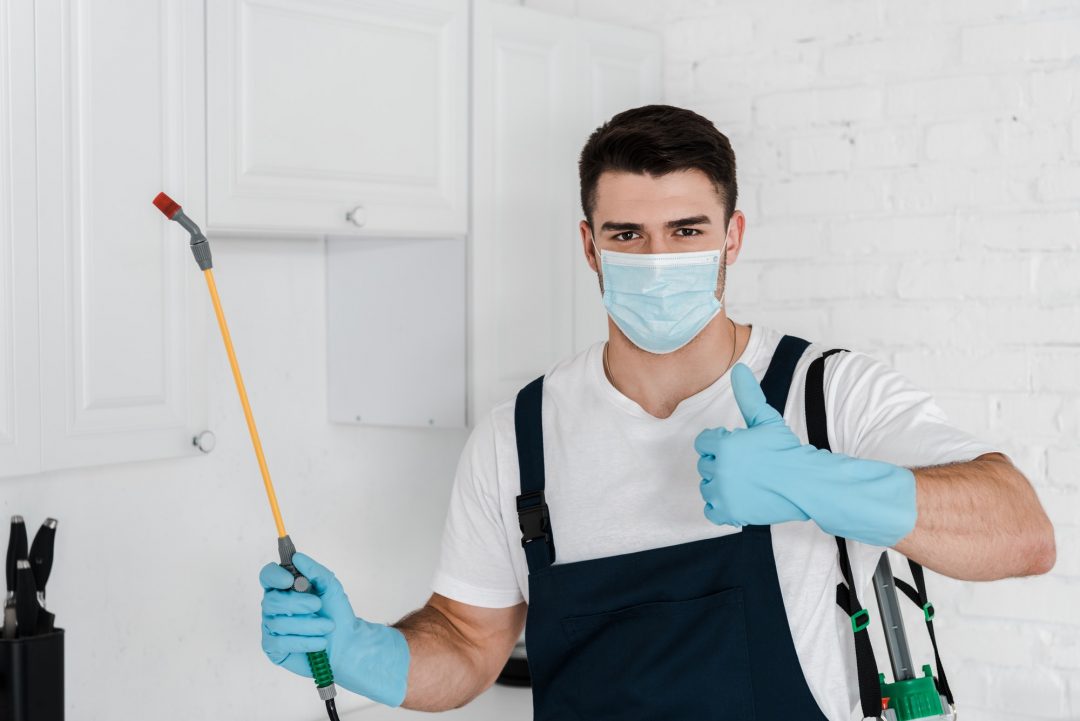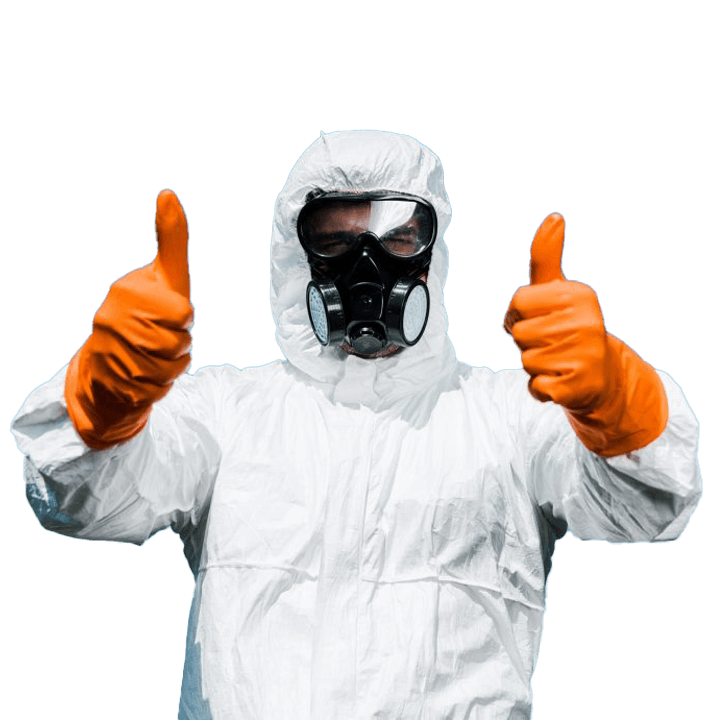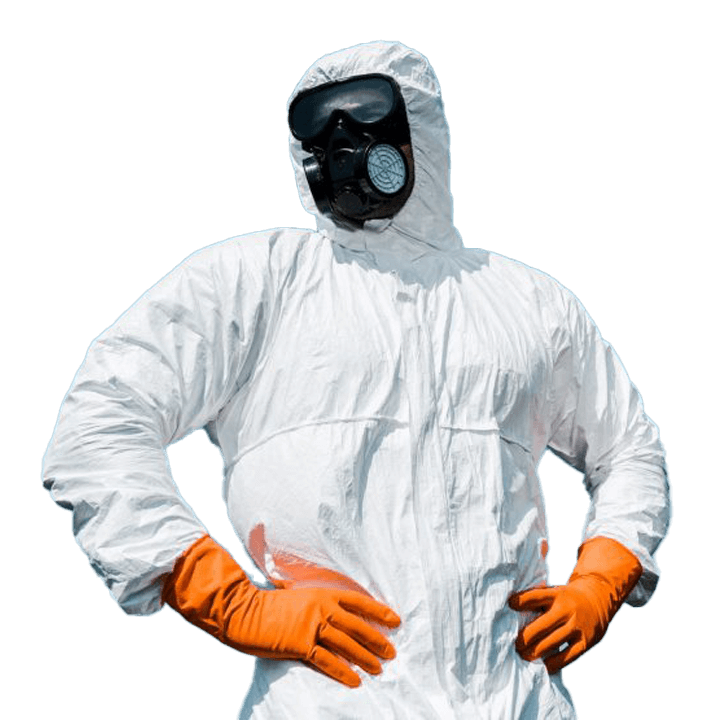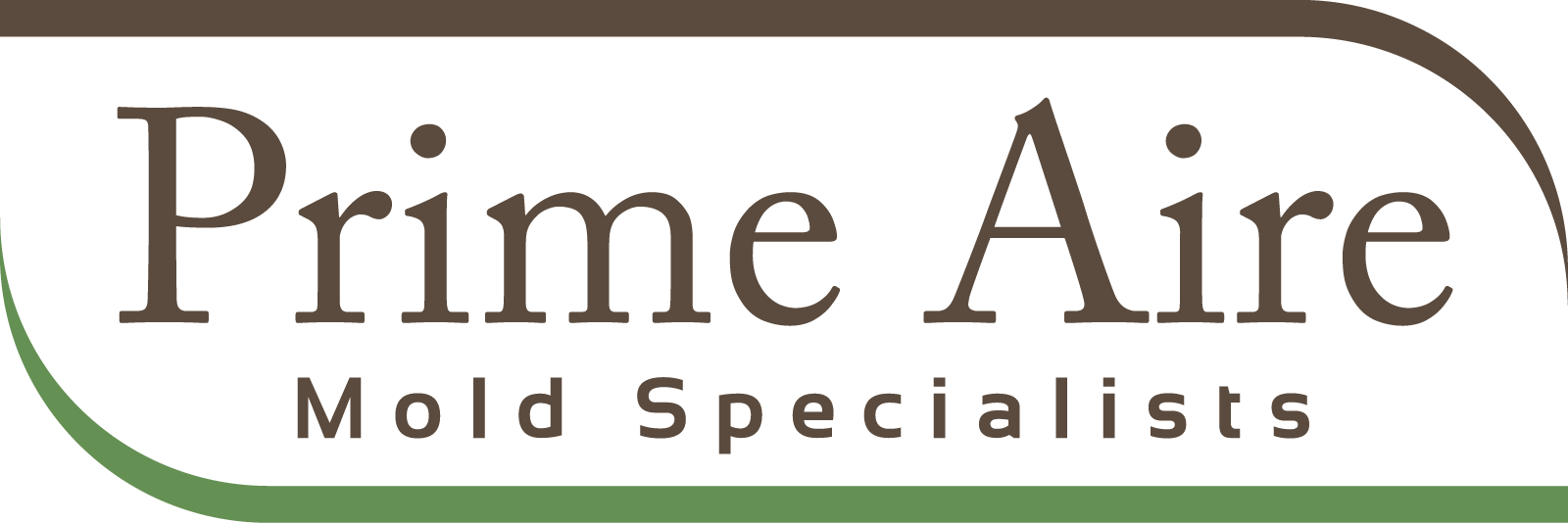- Mold Symptoms And Facts In NYC | PrimeAire Mold Services
Mold Symptoms & Facts
For more specific information regarding your personal mold testing questions and concerns, call PrimeAire to speak to a LIVE certified technician
Mold Symptoms & Facts In NYC?
People react differently in their sensitivity to airborne mold spores. The elderly, children and those with respiratory problems and compromised immune systems are the most vulnerable to ill health effects of mold. However, even healthy individuals may have adverse reactions to high concentrations of mold in their environment.
Allergic persons vary in their sensitivities to mold, both as to the amount and the types of mold. In addition to their allergic properties, certain types of molds, such as Stachybotrys chartarum, may produce compounds that have toxic properties, which are called mycotoxins. Mycotoxins are not always produced, and whether a mold produces mycotoxins while growing in a building depends on a number of factors such as the surfaces material on which the mold is growing, conditions such as temperature, pH, humidity and other unknown factors. When mycotoxins are present, they occur in both living and dead mold spores and may be present in materials that have become contaminated with molds.
While Stachybotrys is alive and growing, a wet slime layer covers its spores, preventing them from becoming airborne. However, when Stachybotrys dies and dries up, air currents or physical handling can disturb the mold and cause spores to become airborne. At present there is no environmental test to determine whether or not Stachybotrys growth found in buildings is producing toxins. Nevertheless, since the health effects of mold on people and animals are the same whether the mold is viable (alive) or non-viable (dead), whenever testing confirms the presence of Stachybotrys indoors, appropriate remediation steps should be taken immediately whether the mold is growing or not.
The amount of mold present is more concerning than the types. Experts will argue about which molds are potentially more hazardous than others. But more concerning are the levels of airborne spores than the types of molds present indoors. Stachybotrys and other toxigenic molds such as Chaetomium, Aspergillus and others are absolutely undesirable to have growing indoors and should always be taken seriously. A few rogue spores of toxigenic mold in an air sample is far less worrisome than a few million spores of the common molds such as Penicillium or Cladosporium.
Consider this – if you open a bottle of Clorox bleach outdoors and hold it to your chest – how long will it take you to get sick? You probably won’t get sick outdoors in the open air. But if you open that same bottle of bleach indoors in a small enclosed space such as a bathroom – how long will it take you to get sick? In just a few moments your eyes will be irritated to tears, your nose and throat will be burning, and you will most likely become violently ill, vomiting and unable to get the smell and taste of bleach out of your nose and mouth for days. Why? It’s the exact same bottle of bleach regardless of where you open it, right? So what’s the difference? The difference is the space in which you are exposed to the bleach. And so it is with mold. You can take the exact same molds that are outdoors right now, not bothering anyone in the open air, place them indoors in an enclosed environment and multiply them by 100, or 1,000 or a million, and you will have a very toxic environment, regardless of what types of mold it is. That is why testing is so important.
The difference is the space in which you are exposed to the bleach. And so it is with mold. You can take the exact same molds that are outdoors right now, not bothering anyone in the open air, place them indoors in an enclosed environment and multiply them by 100, or 1,000 or a million, and you will have a very toxic environment, regardless of what types of mold it is. That is why testing is so important.
Call PrimeAire Mold Services to speak to a Live Certified Mold Professional today.
Mold often grows behind walls and inside ceiling and floor cavities long before it is ever detected. By the time you start smelling an unpleasant odor, rest assured mold has been growing somewhere for some time and every day is growing more. If you suspect you have mold growing indoors, the time to act is sooner rather than later.

Testimonial
Here’s what our customers say
Giving the fresh air back to the household



PrimeAire Mold Services
Mold Symptoms & Facts
Typical symptoms that mold-exposed people report include:
• Respiratory problems such as wheezing, difficulty breathing
• Shortness of Breath
• Nasal sinus congestion
• Eye irritation (burning, watering or reddened eyes)
• Dry hacking cough
• Fatigue
• Nose and throat irritation
• Skin rashes or irritations
* Headaches, memory problems, mood swings, nosebleeds, body aches/pains and fevers are also reported in mold cases.
Who is Most At Risk of Health Concerns From Mold Exposure?
Excessive exposure to mold is not healthy for anyone inside buildings, especially where ventilation is limited. There are, however, certain individuals who are more likely to experience severe reactions to mold exposure. People with allergies tend to be more sensitive to molds. People with immune suppression or underlying lung disease are more susceptible to fungal infections.
Other high risk candidates include:
• Infants, children and the elderly
• Immune compromised patients (people with HIV infection, cancer chemotherapy, liver disease, etc.)
• Pregnant women
• Individuals with existing respiratory conditions, such as allergies, multiple chemical sensitivity, and asthma
People with these special concerns who live or work in mold contaminated environments should consult a physician if they are having health problems. People who experience unexplained health problems while inside a structure that tend to go away when they leave the structure should consider having an inspection and testing done to determine the likelihood of indoor mold growth being the cause of their symptoms.
Are Some Molds More Hazardous Than Others?
Mold spores are organized into three groups according to human responses:
• Allergenic (most likely to affect those who are already allergic or asthmatic)
• Pathogenic (serious health effects in persons with suppressed immune systems)
• Toxigenic (capable of causing serious health effects in almost anybody)
How Can I Be Exposed to Mold?
Illness from mold exposure can only occur in one of three ways:
- Through absorption into skin;
- Ingestion; or
- Inhalation.
While it is never good to have mold growing indoors, if it is, you are not necessarily exposed to a health risk just because it’s there. Nobody gets sick looking at mold on a wall. But when molds are disturbed, their spores may be released into the air. You may then be exposed to the spores through the air you breathe. Furthermore, if you directly handle moldy materials, you can be exposed to mold and mold spores through contact with your skin. Eating moldy foods or having hand-to-mouth contact after handling moldy food is yet another way you can be exposed. With the exception of children who don’t know any better, most people would not intentionally touch mold or knowingly ingest it. But disturbing mold can easily send billions of spores in the air and create an immediate health risk within an enclosed indoor environment.
Why Choose Us
Mold Inspection Testing & Equipment
- Air and moisture tests
- Swab sample
- Surface sampling
- Dust sampling
- Tape lift sampling
- Inner wall checks
- Laser particle counters
- Hyrometers
- Optic borescopes
- Leak detection
- Thermal imaging(infrared)
Primary Objectives of Mold Sampling
- Confirm or rule out the probability that mold is originating from a suspect condition indoors
- Assess the potential for property damage caused by mold without invasive procedures
- Assess the potential negative impact of mold on indoor air quality
Goals of Our Mold Investigation
- Determine if there is a mold or toxic mold infestation problem
- Determine the cause of the mold or toxic mold infestation problem
- Determine the extent of the mold or toxic mold infestation problem
Types of Mold Testing Include
- Air Testing using Air Cassettes
- Wall Check Cassettes
- Carpet Check Cassettes
- Bulk, Swab & Wipe Samples
- Tape Lift Samples
- Clearance Testing
Mold Testing Involves Collecting Samples
- Identify the type of mold present
- Quantify the level of mold present
3 Most Common Types of Samples Used in a Mold Inspection
- Surface samples (testing mold growth on surfaces)
- Air samples (testing airborne mold spores)
- Dust samples (mold DNA analysis)
Cause Of Mold in NYC | PrimeAire Mold Services
We use safe and environmentally friendly measures.
Our Mold Inspection Reports are our pride, digital, organized, easy to read and very well documented providing pertinent Mold Removal guidelines.
The following are some of the potential property conditions which warrant a professional mold inspection:

Frequent Condensation on Window
Consequences: Moisture seeps past window frame and into wall cavity causing water damage and mold growth inside wall.
Surface Mold On Window Sill
Consequences: Moisture seeps past window frame and into wall cavity causing water damage and mold growth inside wall.
Surface Mold Inside Window
Consequences: Moisture seeps past window frame and into wall cavity causing water damage and mold growth inside wall.
Bathtub/Shower Mold
Consequences: Mold comes back with a few days after cleaning, severe water damage, degradation of construction materials, and mold growth inside wall cavities.
Mold, Dry Rot, Water Damage on Eaves
Consequences: Severe water damage, degradation of construction materials, and water damage and mold growth spreading under shingles, onto sub-roof materials.
Roof Leak
Consequences: Water damage and mold growth spreading under shingles, eventual on attic and interior construction materials.
Over-Exposure to Water on Stucco
Consequences: Water damage and mold growth on stucco and inner-wall materials and interior walls of the structure.
Common Questions
Frequently Asked Questions
For detailed information or to request a quote, Call PrimeAire Mold Services at 1-877-307-5166 to speak to a Live Certified Mold Professional today.
Mold is a simple organism found everywhere, indoors and outdoors. Mold spores are microscopic (tiny and lightweight) and travel through the air we breathe. Airborne mold spores in large numbers are a known allergen that can cause allergic reactions, asthma episodes, infections, and other respiratory problems for people, especially children and elderly individuals.
Molds can be a major source of building sickness but not the only potential cause. Other issues can cause building sickness.
People living in or working in dwellings with building sickness have symptoms similar to a mild case of influenza (the flu) with the signs and symptoms disappearing within a few hours of leaving the building. Headaches, fatigue, and respiratory problems can also be experienced by people exposed to sick buildings.
Mold will grow in an environment that is warm, moist and unventilated. Once airborne, mold spores can be spread throughout your structure via the air duct system.
Mold can grow within areas of the house / building that you do not see. Wherever there is exposure to water and a mold "food source" such as cellulose (a component of wallboard), mold can grow. Areas such as the interiors of walls, showers and bathrooms, crawl spaces, attics, drywall tape, cracked plasterboard and dampened carpets are a few discovery areas for mold exposure.
New building methods make buildings better insulated and thus more likely to retain molds within the structure. Buildings are more airtight and any unventilated moisture that gets inside stays trapped inside, allowing mold to grow and spread rapidly.
Molds will grow any time the environment is favorable. Molds can be introduced into the house / structure when the building is under construction or after completion through events such as water damage from leaky pipes, roof leaks, sink, tub, or toilet overflows, cracks in the sealant around tubs /showers and use of inadequate materials during construction. There are documented cases demonstrating the damage caused by contractors allowing building materials to become wet during construction.
See examples of recent mold damage coverage: Forbes magazine: "The Fungus That Ate Sacramento;" CBS News: "Black Mold - Creeping Destruction;" CBS News/ 48 Hours: "Brockovich Takes on a New Foe: Mold;" CBS News/48 Hours: "An Insidious Mold."
In the past, insurance companies have covered mold repairs, but this is changing. Due to litigation and expensive repairs that can be incurred, insurance companies are now starting to consider mold issues a "maintenance issue" even if it costs thousands of dollars to repair/replace walls, etc. Please consult your insurance policy to see if you are covered.
It is possible to clean up visible (surface) mold with a solution of water and bleach, but precautions should be taken. For specific instructions, please refer to FEMA. Mold that is not visible however may require professional remediation.
By eliminating all of the mold that you can see, you may help your situation. However, this may not be the final solution since contamination may be originating from sources such as carpets, the inside of walls, air ducts, crawl spaces and sources outside of your home or building.
